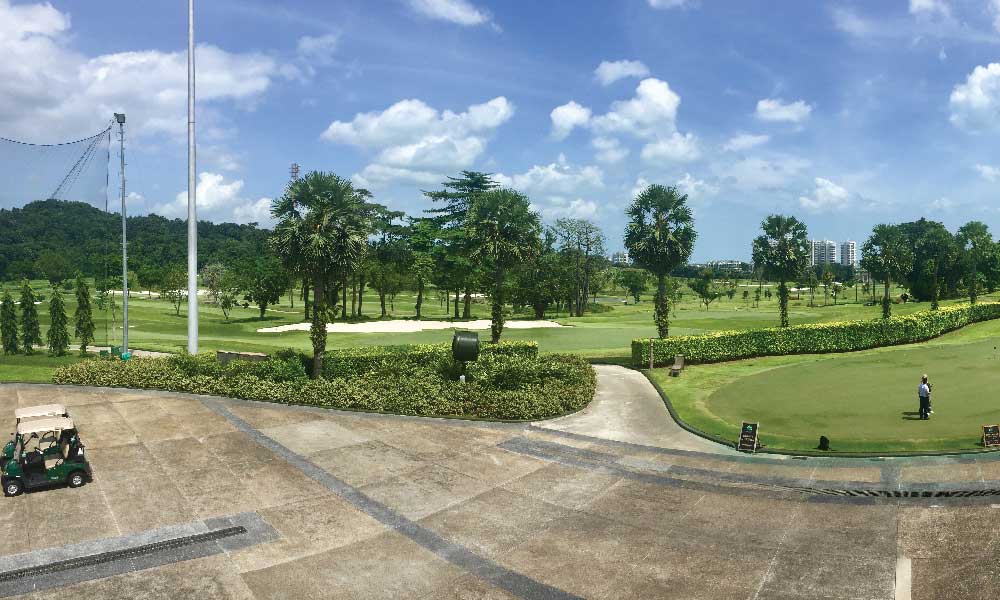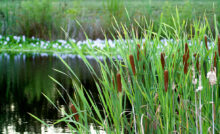How data-driven sub-soil monitoring can help greenkeepers survive today – and thrive tomorrow


Soil Scout
Greenkeeping is not a profession where cuts can be made if standards are to be maintained. If clubhouse revenues from restaurants, stores, and memberships continue to fall, smaller greenkeeping teams will have to work longer hours just to maintain the standards they have.
Cuts are a real threat – teams will be forced to do more with less – and still have to tackle sustainability targets brought on by climate change and water scarcity. The key – as always – is buried underground.
Manual sampling gives an understanding of what’s needed for a safe, durable, and high-performing surface for players, but an understaffed team will find it difficult to achieve high sample consistency over a large area.
Instead of going out to collect data, permanently positioned sub-soil monitoring systems can stream readings from multiple key locations across golf courses in real-time, collecting all the information needed to make a real-time assessment on where to allocate time and resources.
9 ways data-drive sub-soil monitoring can help greenkeepers tackle today’s challenges
1 Water consumption
This is a sensitive issue in many markets. Greenkeepers with a detailed view of in-field course variation can precisely irrigate where needed according to live current levels.
2 Salinity buildup
Over irrigation can also lead to increased salinity levels, making it more challenging for plants to take up moisture. Sub-soil salinity data gives greenkeepers the opportunity to proactively alleviate this potential issue, e.g., with the inclusion of salt-resistant grass varieties.
3 Optimal nutrient usage
More precise irrigation will lead to reduced fertiliser leaching by preventing overwatering. Real-time soil temperature data will also help greenkeepers decide when to best apply fertiliser products to ensure better plant uptake.
4 Proactive agronomic turf improvement
When data is streamed from across a course in real-time, proactive agronomic turf improvement can be achieved as predictions can be made for plant nutrient and moisture requirements. This will also help reduce disease incidence as peak turf disease activity can be forecasted.
5 Black thatch
Saturated soils with low oxygen levels are prime black thatch locations, so accurate aeration and top dressing regimes are essential. Permanently positioned underground soil monitoring devices will allow greenkeepers to ensure their surfaces are supported by optimal sub-soil conditions.
6 Maintenance efficiency
A true understanding of how to smartly allocate time and resources will improve work efficiency in maintenance, reduce labour costs, and allow you to devote more time to proactive turf development.
7 Optimal irrigation and sub-surface air system usage
Real-time sub-soil data can be used to automate irrigation and sub-surface air systems, thus providing more accurate and timely usage and potential labour-saving benefits.
8 Justifying expenditure
A data-driven way of working leads to an evidence-based approach to management that can be used to justify the applications of costly resources.
9 Energy efficiency
Underground soil sensors can also lead to reduced energy consumption. By optimising irrigation, you can reduce pumping time, and consume less energy. Better management practices can reduce the number of above surface operations, including mowing, aeration, and the application of fertilisers and pesticides.
Finally…
Data-driven sports turf management is a real option for greenkeeping teams looking for ways to adapt to today’s world. Yet it is not a compromise. Instead of reacting to changes, a golf course that has collected several years of historical data can proactively work towards even greater efficiencies and improvements that will compound with each new year.
Soil Scout VP of Global Sales Adam Sedgwick has accrued decades of experience working across several continents in a wide range of leadership roles. From turf and amenity to precision farming, machine control, machine automation and GPS, Adam has spent his career at the forefront of agricultural technology and processes. A Harper Adams graduate with Masters degrees in Agri-Business and Crop Science, Adam strongly believes in Soil Scout’s potential to contribute to a new era of sustainable agriculture and professional turf management.
Recent Posts
South Carolina State Leaders Honor Green’s Superintendent Career
South Carolina’s House of Representatives today honored the career of golf course superintendent Chuck Green.…
Branson, Missouri: 5 Reasons Why it is a Must-Visit Travel and Golf Destination
Branson, Missouri, is booming as a must-visit destination for golf enthusiasts and travelers alike. Nestled…
Preview more than 1,000 rounds of golf available in GCSAA’s Rounds 4 Research online auction
The Golf Course Superintendents Association of America (GCSAA) Rounds 4 Research program offers golfers the…
EcoBunker Synthetic Revetting More Sustainable than Natural Turf*
*A recent report by the Welsh government has found that EcoBunker synthetically revetted bunkers have…
SiteOne® Hires Dan Carrothers as VP, Agronomic Business Development
SiteOne® Landscape Supply is pleased to announce Dan Carrothers as the new Vice President for…
Superintendents Online Turf Directory – EVERYTHING TURF
Our online directory, directory.GolfCourseTrades.com is the go-to resource for the busy superintendent. It is your opportunity…


